ADVERTISEMENT

Atelier Wen has always been dedicated to showcasing Chinese artisanal craftsmanship. A brand founded by two Frenchmen whose backgrounds in China compelled them to focus on a different kind of "Made in China," it has now introduced its third major design, following the porcelain-dialed Odyssey and the hand-turned guilloche-dialed Perception, in the Ancestra. It marks the brand's first foray into grand feu enameling, as well as an entirely new case design.
So, without further ado, let's get right into the dial. Grand feu, or vitreous enamel dialmaking, is one of the best ways to execute color on a dial. There's just something about the saturation and richness of color found in the deep, glossy surface that seems unmatched by any other material or technique. But at the same time, there's a reason why you don't see it all too often. It's painstaking to do.
With the Ancestra, the dial starts as a base of 925 silver, then is hand-hammered to form the dial's dramatically dimpled texture. Next comes the actual enameling component. At a high level, powdered glass is mixed with water to form a paste, which is then applied by hand onto the hammered dial blanks. Once the layer of enamel paste is dry, the dial is placed in a kiln and fired at extremely high temperatures. Atelier Wen says these dials are fired at temperatures between 750°C and 850°C.
Suppose the dial survives this step without the commonly seen issues of the enamel cracking or the base silver warping. In that case, the enamel application is repeated in slightly different shades until the desired result is achieved. For these dials, which range from a faint blue to a dramatic, almost black edge, it takes around five more steps of enameling and then firing until a dial is considered complete.
Once the coloring is right, the dial is then polished to achieve a glossy, smooth end result. Each of these dials takes approximately 20 days to complete and has an unsurprisingly high failure rate of around 50%. However, what you end up with is a beautiful execution of a grand feu enamel dial, featuring a more dramatic gradient than I've ever seen in a fumé dial. Of course, with the dial made by hand, every single model will be unique. The dials here are all commissioned by Atelier Wen to be made by the enameling workshop of Beijing-based Kong Lingjun, a master craftsman known for producing enamel dials for his own brand of Chinese watches, under the Koncise label, as well as for other Chinese brands.
As if enameling weren't enough, the dial features alternating hour markers of baguette-cut diamonds, adding a great deal of three-dimensional sparkle. The pad printing highlights calligraphed hour markers on the odd hour markers, designed by Hong Kong-based calligraphy artist Elaine Wong. Atelier Wen also introduces a new handset for the Ancestra, an interesting take on leaf hands with a flattened and frosted top, while the rest of the device is mirror-polished. Robin Tallendier, one of the cofounders who first showed me this prototype in my hands, did warn me that the end product would show several improvements, including better finishing on the hands and printing.
Most crucially to note is a significant difference between this prototype and the final product – the baguette diamonds in production will be set flush to the dial, rather than on top, for prototyping purposes. Tallendier tells me that the brand will use lasers to cut out rectangles on the finished enamel dial that are in the exact dimensions of the diamonds, then set them in that way. As they currently do not have photos of the new diamond setting technique, it stands out as a significant asterisk, advising caution if you plan to commit to the final design without seeing it in person. But this certainly isn't the brand's first rodeo, which may help assuage potential buyers.
If you had given me a description of this dial design on paper, I would have told you that there was no chance this dial wouldn't be too busy with so many different elements. But, in person, it works well. Perhaps it's the dramatic dimples of the hammered dial, paired with that huge gradient, that creates enough visual patterns on the dial to subdue everything else, but there is a curious sense of balance that shouldn't have really made sense.
It also may help that the dial of the Ancestra is set in a more traditional silhouette than, say, the integrated bracelet case of the Perception. Here, the 904L stainless steel case is designed by Sifan Guo and Alfred Chan (yes, the Mr. Chan of Toledano and Chan). This is a compact watch, measuring 38mm in diameter and 11.3mm in case height, with a very comfortable 46mm lug-to-lug on my wrist.
The brand cites inspiration here from Hongshan jade dragons for the lugs, with the lugs at 12 o'clock and 6 o'clock, both elegantly made out of a single piece that is screwed into that side of the case with two internal screws and fastened by bolts engraved with the Chinese huiwen motif, an angular spiral. While the midcase is mostly brushed, the polished beveling found on the lugs adds quite a bit of character to the design. Last but not least, a signed screw-down crown features a subtle engraving of the huiwen pattern on its periphery.
Flipping the case over shows off the very heavily customised Pequignet Calibre EPM03, ironically not a Chinese caliber but rather a French one. It's clear that the Ancestra is Atelier Wen's most upmarket model, and I would assume that it knows customers may start preferring European calibers at this price point until a more competitive commercial Chinese option comes into play. The automatic caliber features a 65-hour power reserve, as well as chronometer-grade regulation (-4/+6 seconds per day), though it is not officially certified as such. Small details like a black-polished ratchet wheel and balance bridge pop behind the rose gold-plated tungsten rotor.
But, just like the brand itself, while the beating heart has French origins, the aesthetics very much aren't. In fact, the three-quarter plate is where Atelier Wen wallops you over the head with a metric ton of literal Chinese text, taken from a piece of classic Chinese poetry titled Tianwen, or Heavenly Questions. It's a nice reminder that I probably should have continued to take Chinese classes through college, and my inability to read most of this has probably dishonored my family. And my cow. I appreciate what they've done here, but would have loved to see a more straightforward approach to highlight a bit more finishing techniques on the movement.
By now, you're probably wondering what the Ancestra costs. And it's a big step up from the brand's previous offerings — this first new series in more than three years from the brand is priced at $5,850 at launch. Yes, that is certainly a new frontier for the brand, and firmly places the Ancestra at a price point above the main contender in this space for grand feu enamel dials, Glaswegian brand anOrdain. Right now, a green fumé enamel dial Model 1 starts at $4174 with a La Joux-Perret G101 caliber. But spec to spec, the Ancestra does offer a few compelling arguments to warrant its price — the hand-hammered dial (anOrdain's is stamped), as well as the inclusion of the lab-grown diamonds and all the work involved in setting them into enamel. And at the end of the day, the two watches could not feel any different in spirit. But Atelier Wen surely knows that this price point is one of the most competitive spaces in the industry — the proposition is much more aesthetic and emotionally focused rather than on value. So the team is treading carefully, with no disclosed production quantities but rather a limited 7-day ordering window.
I've always felt that Atelier Wen has had the challenging task of balancing the homage to Chinese craftsmanship and culture while not crossing the threshold into cheesy territory. And I think the Ancestra succeeds in this goal. On the wrist, the tension between the very detailed compact case design and the theatrical dial creates something that is supremely wearable, and I think is a great next chapter for the brand.
For more, visit Atelier Wen.

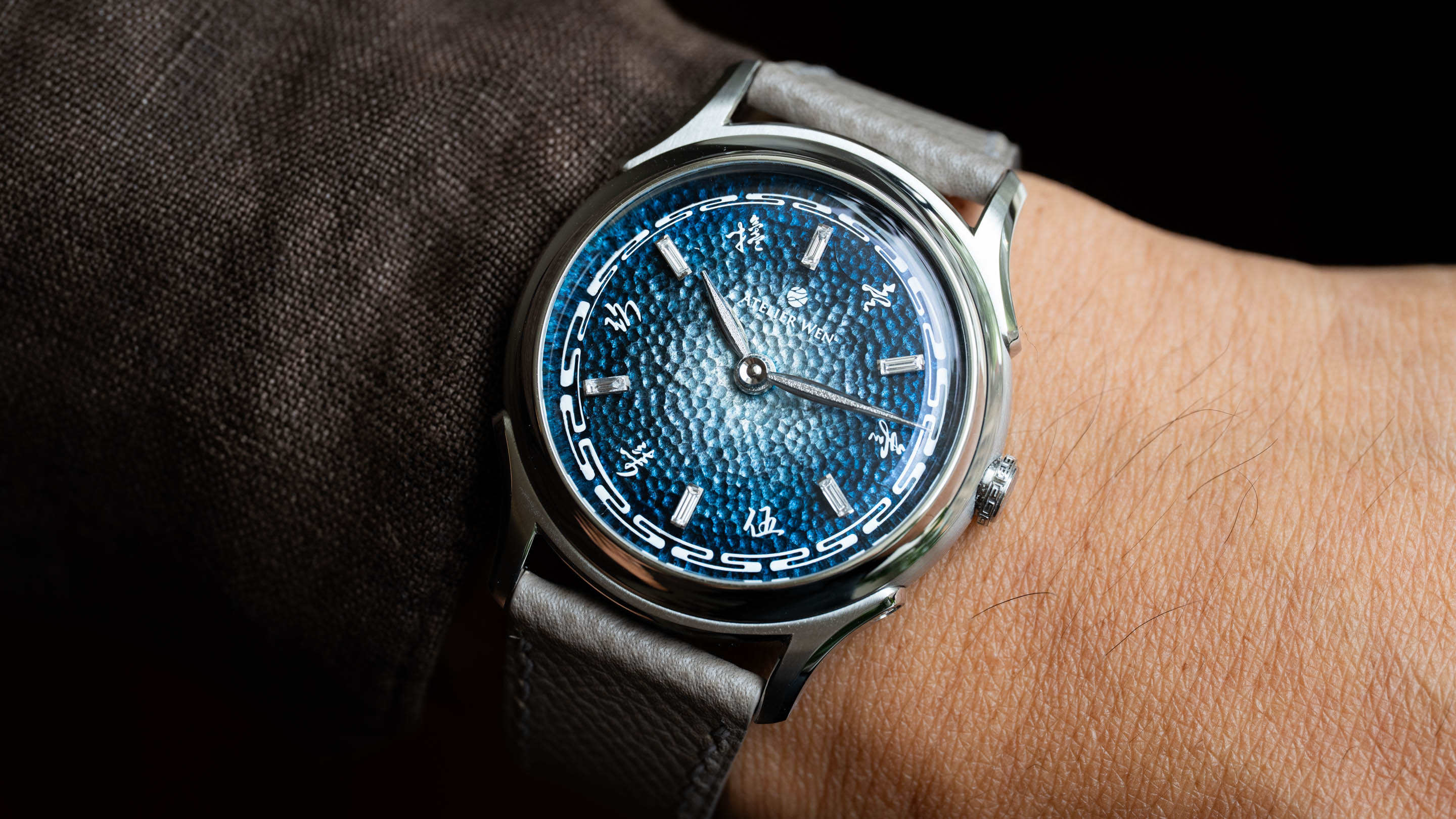
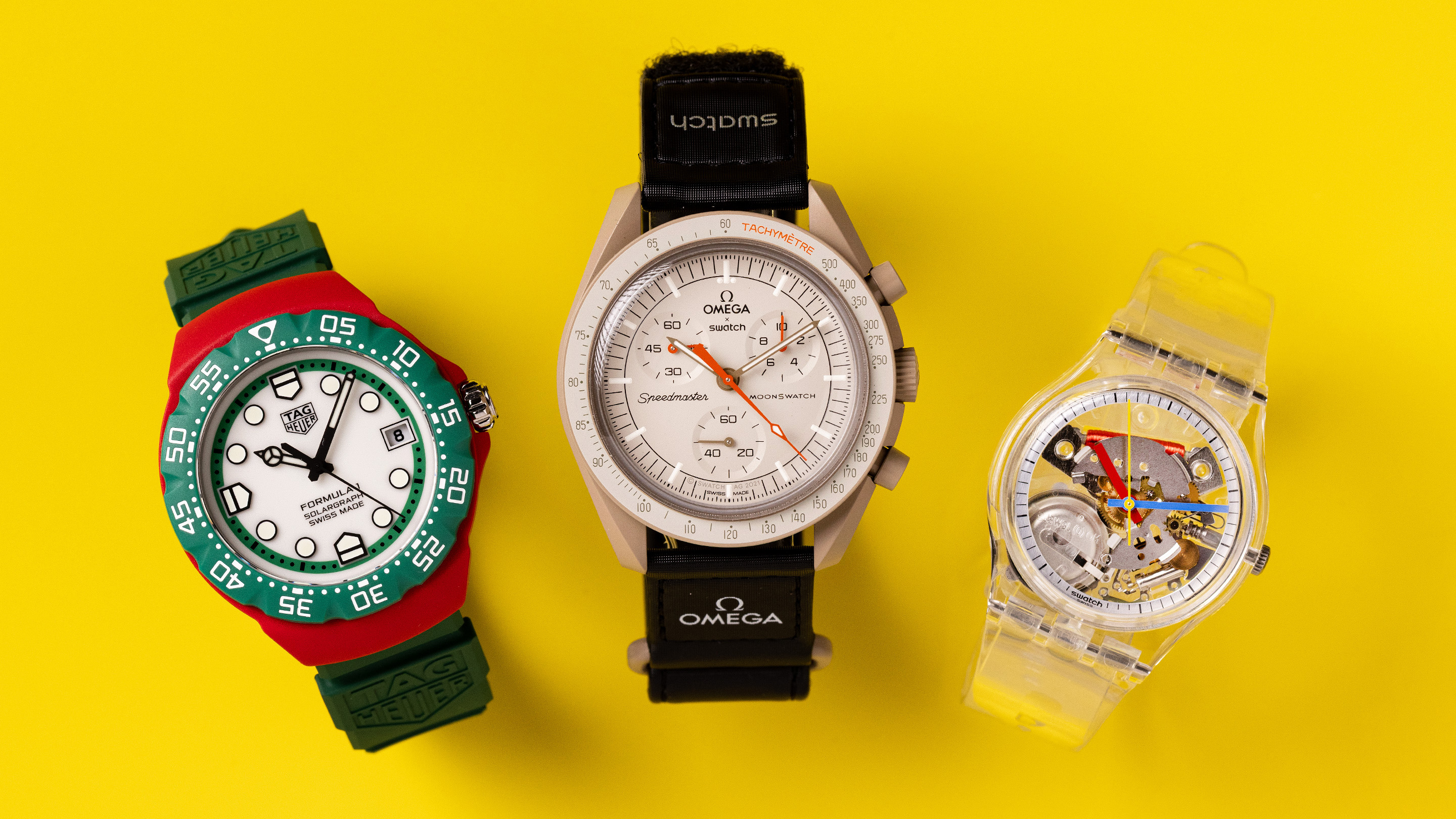
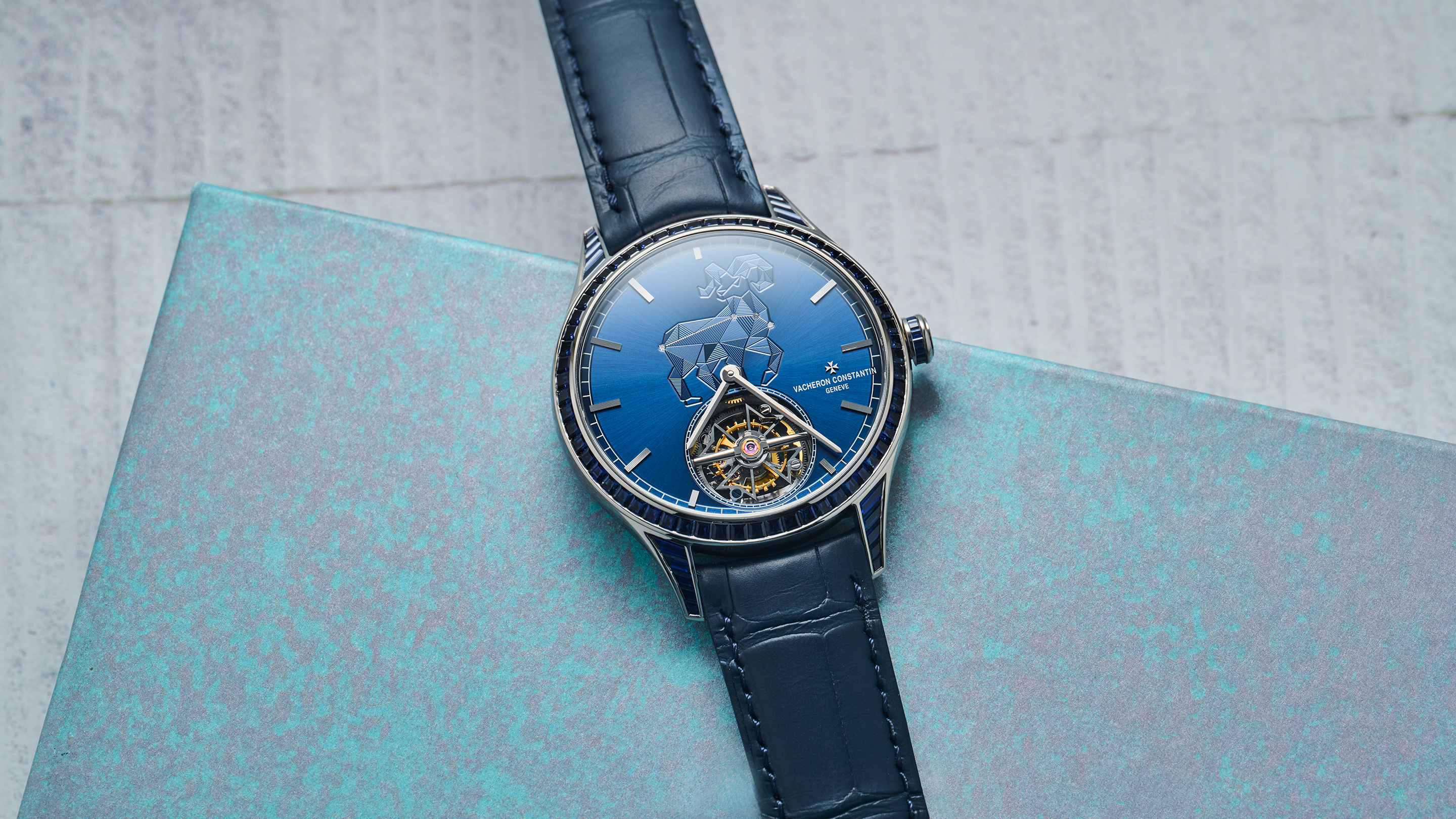


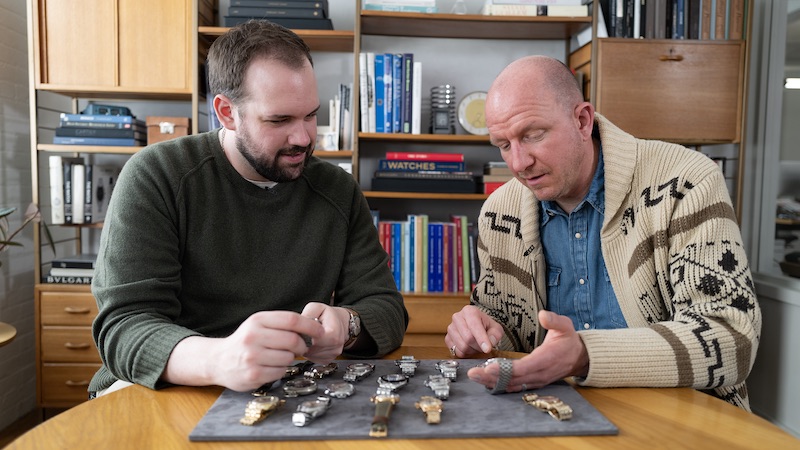




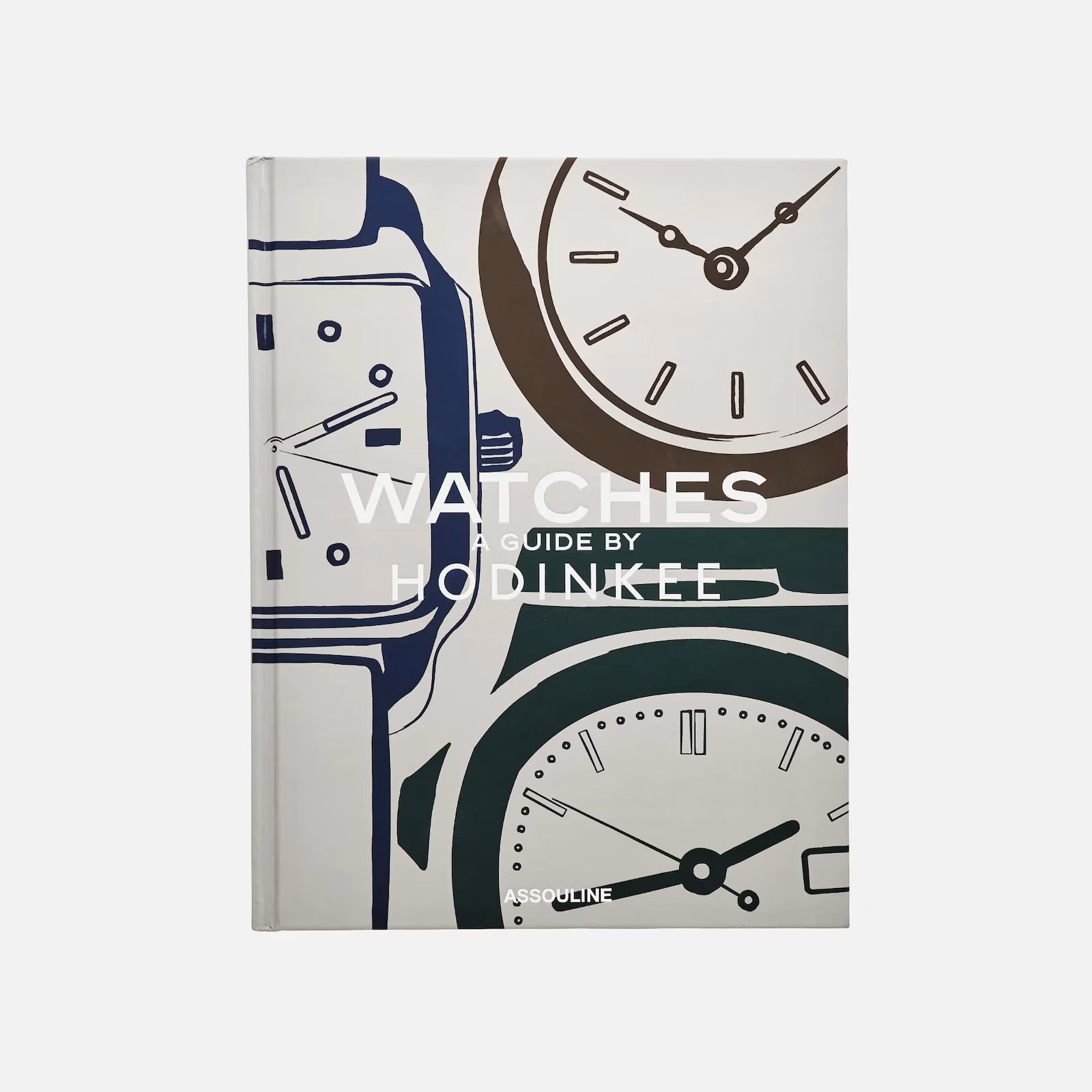








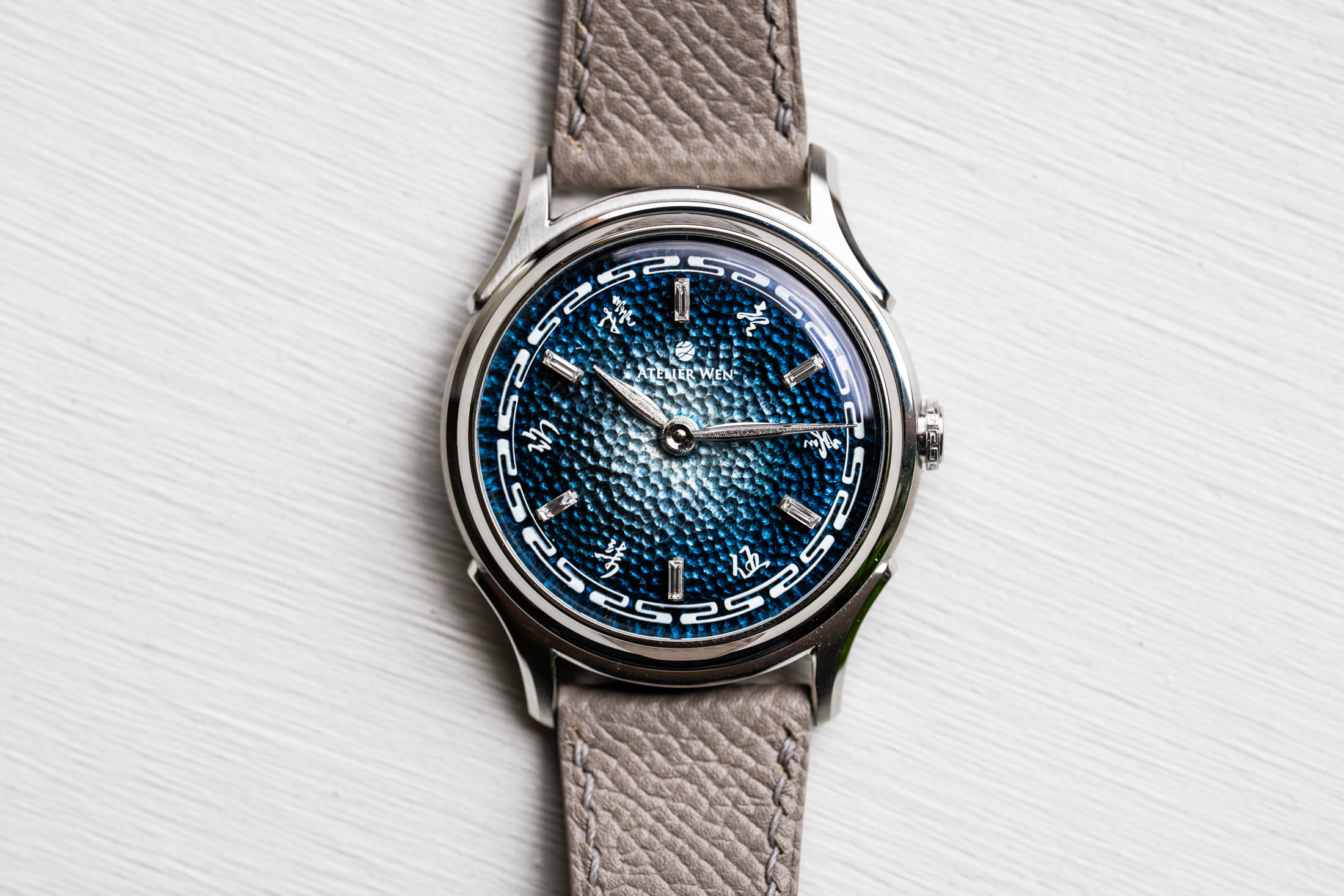
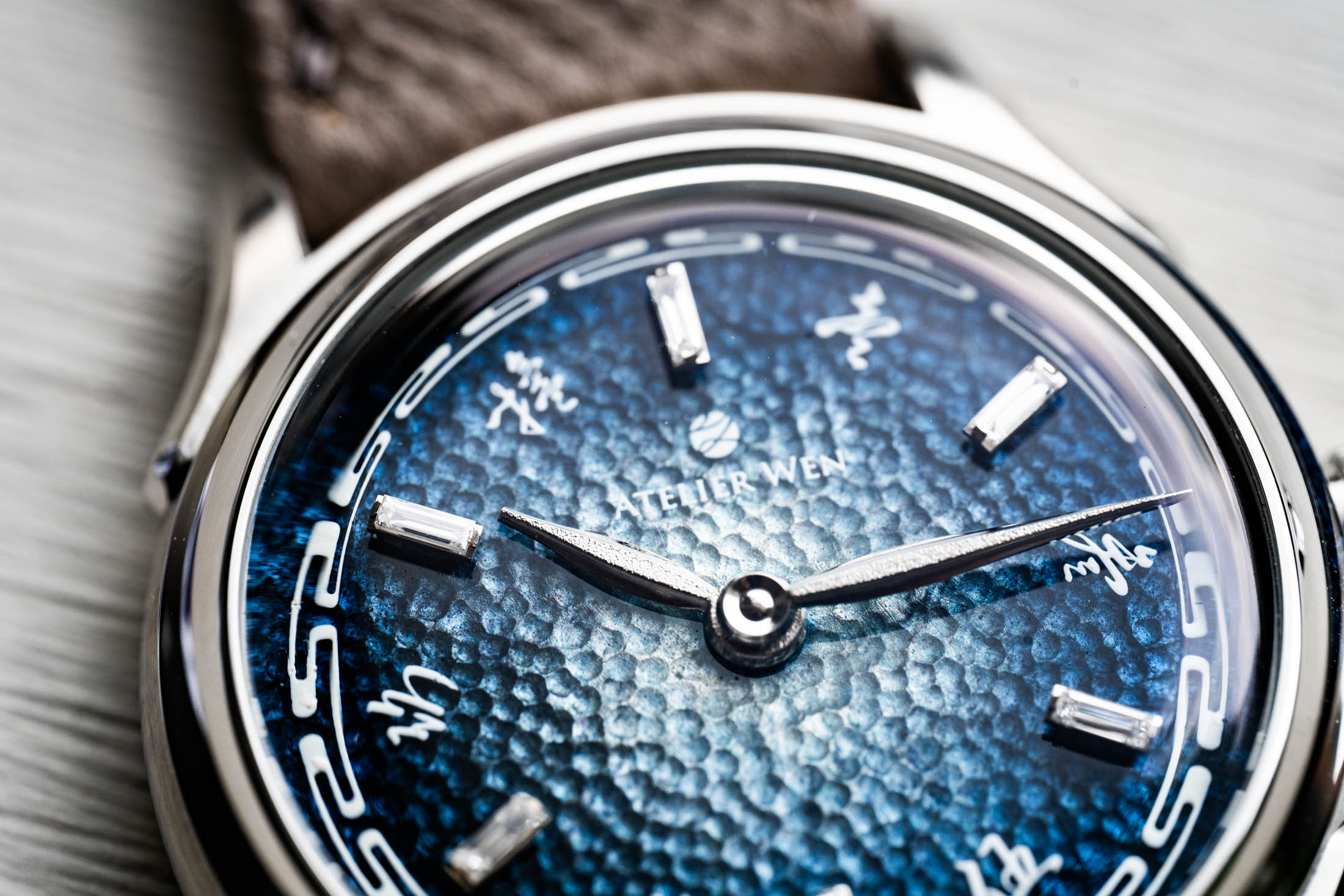
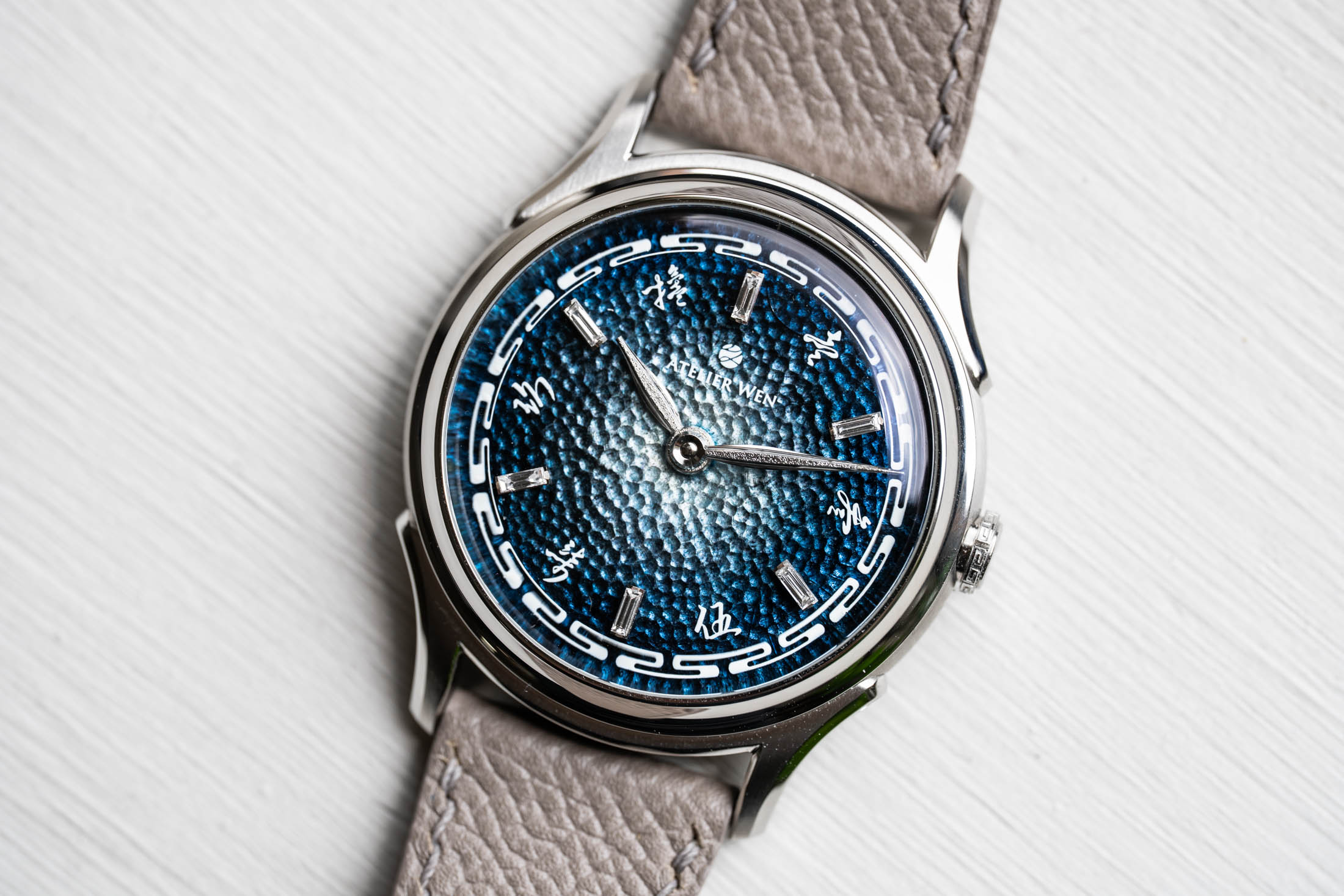
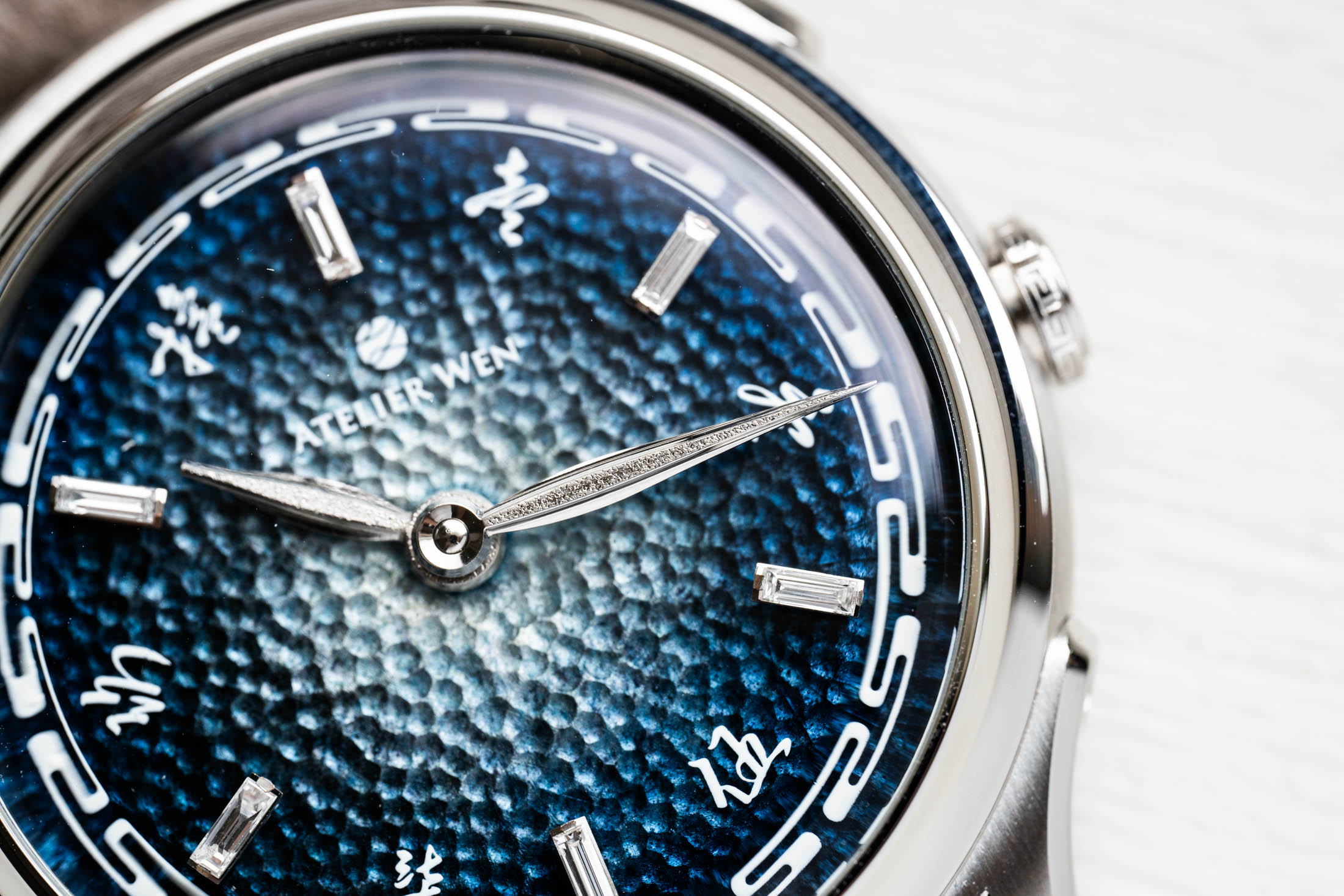
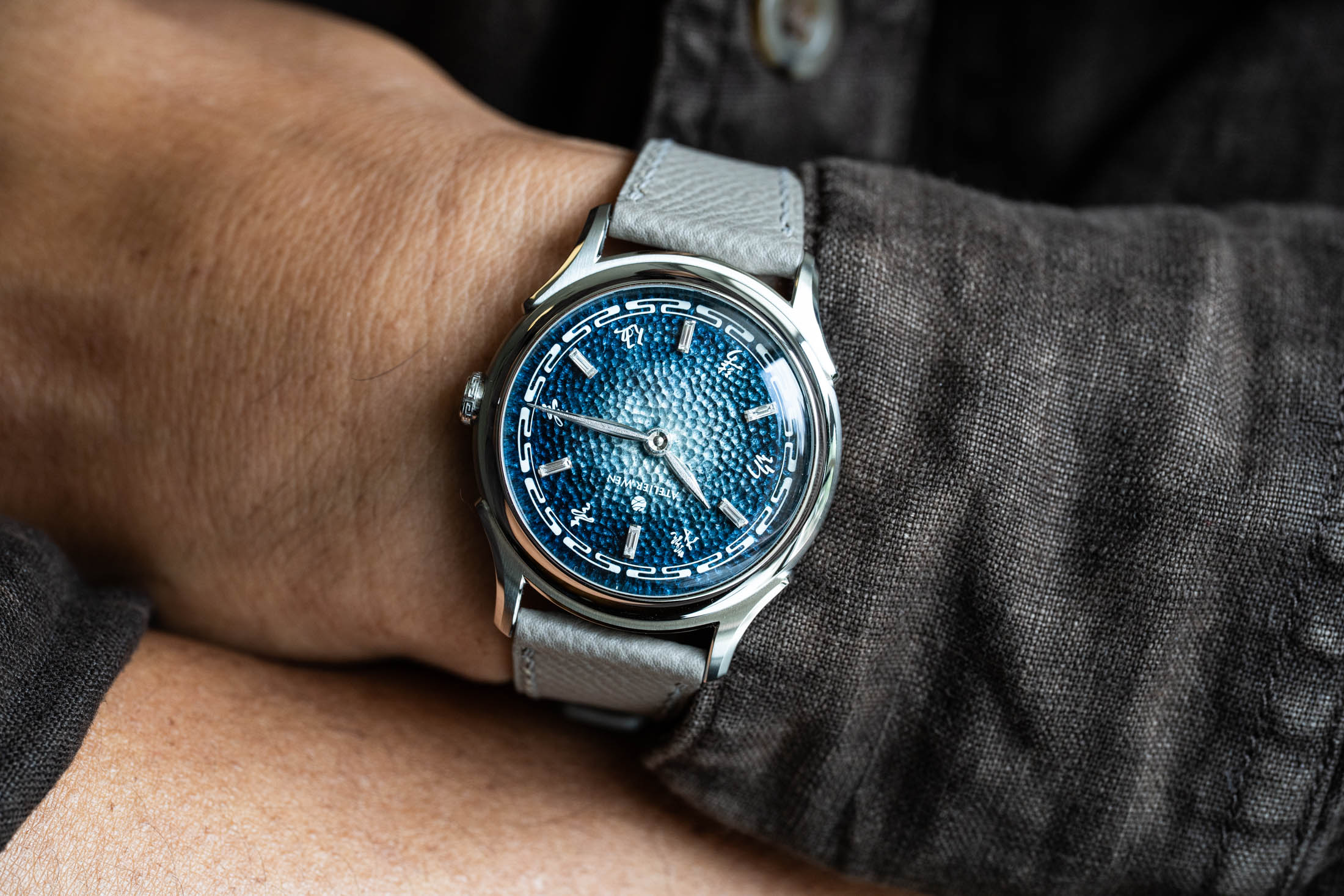
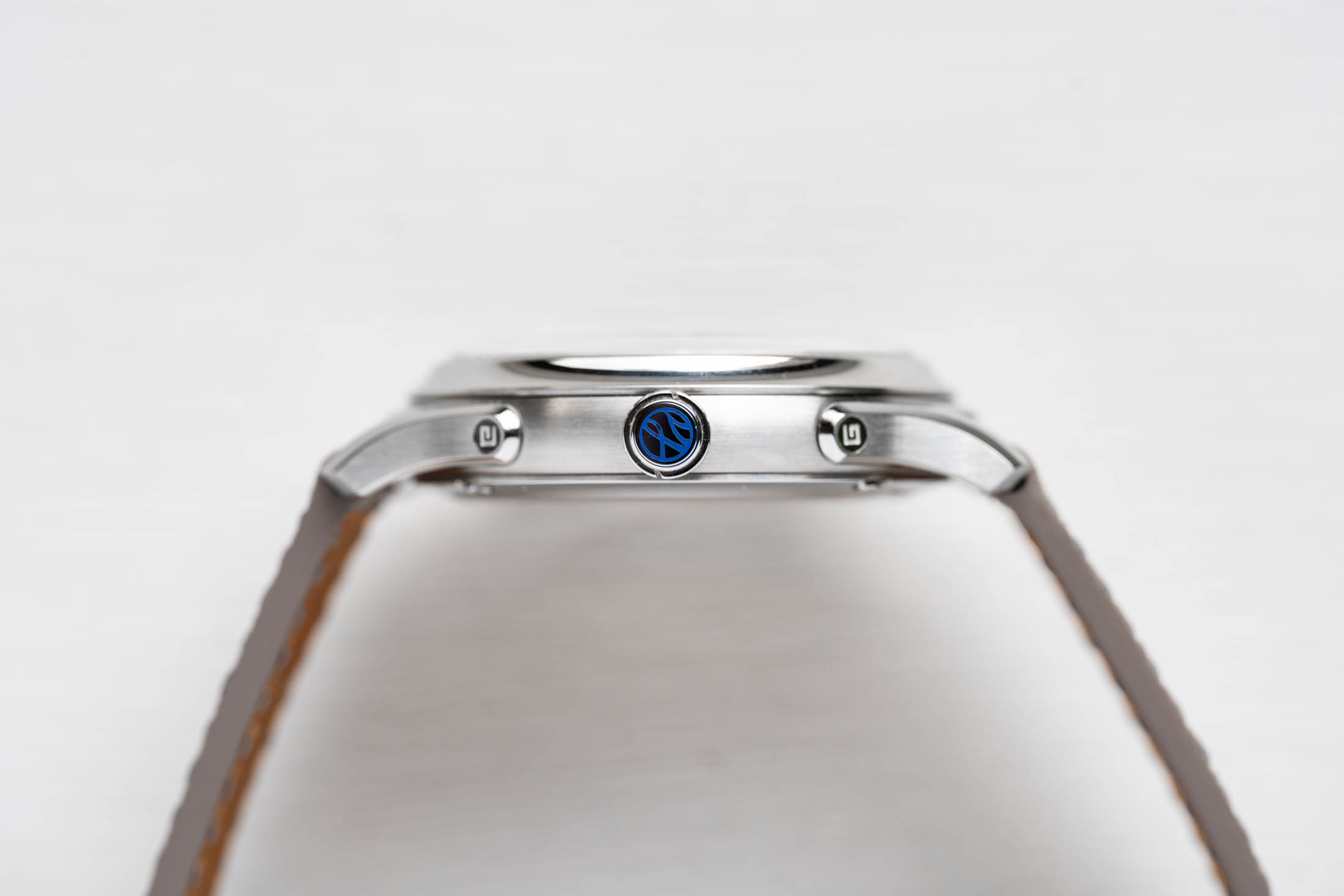
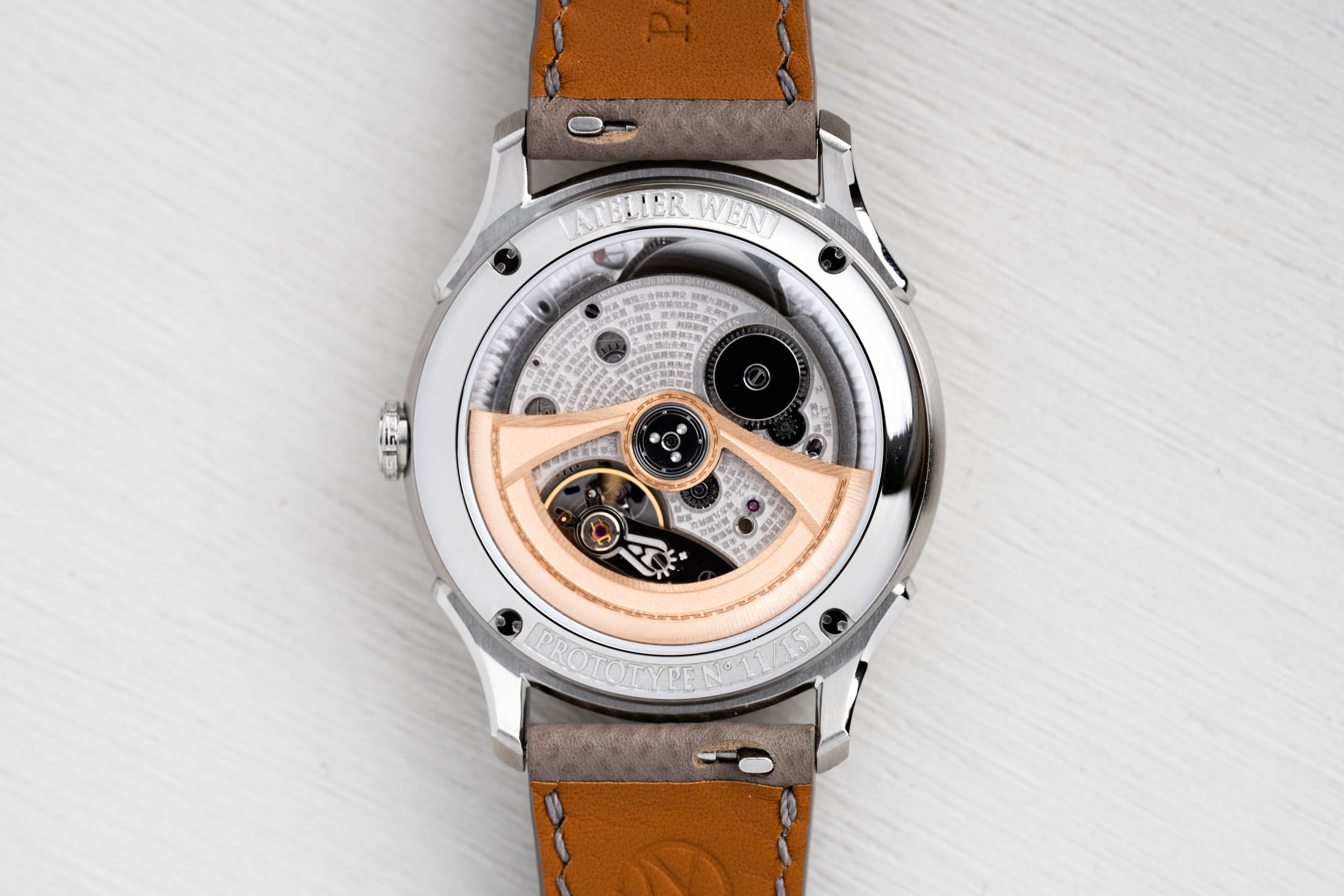
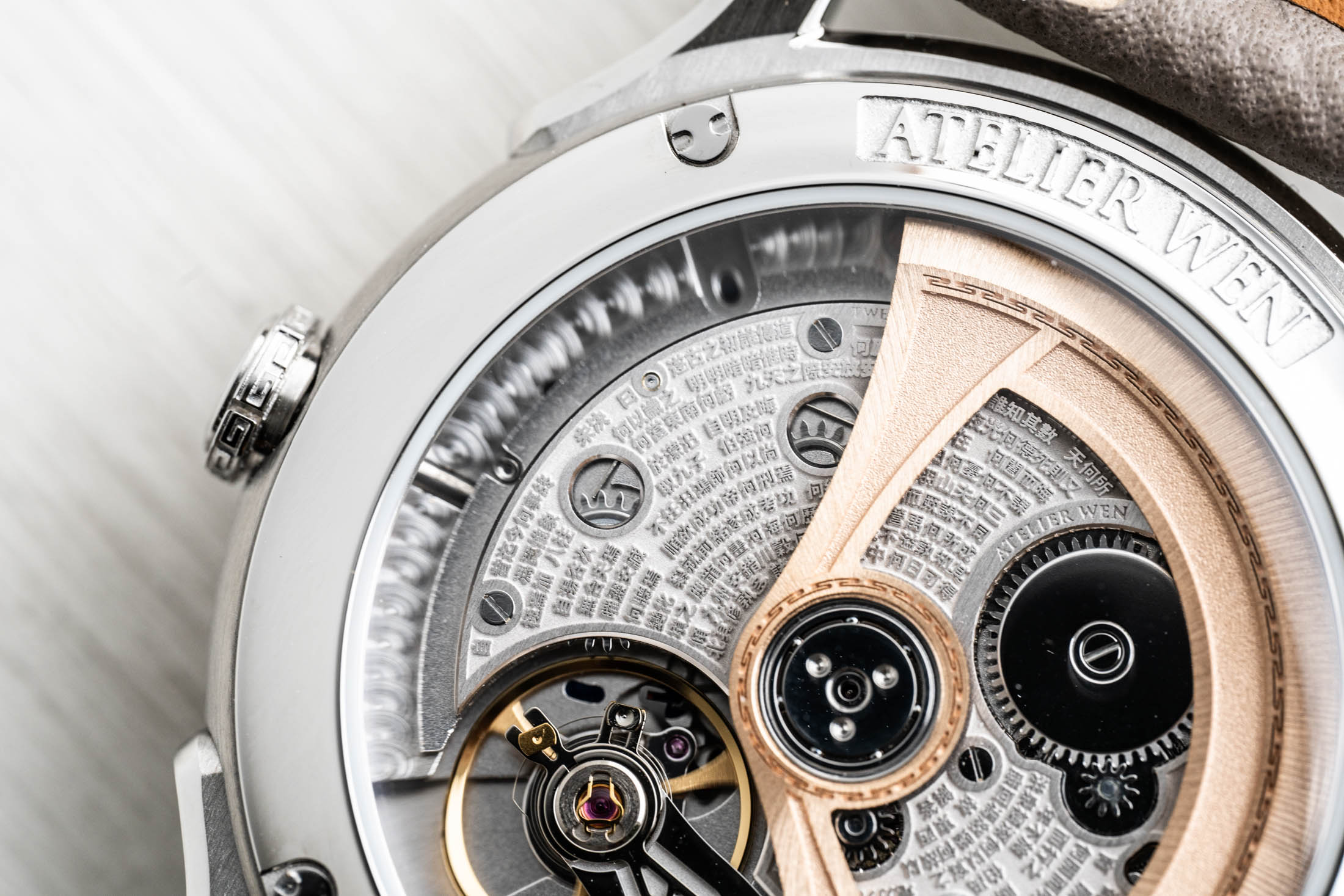
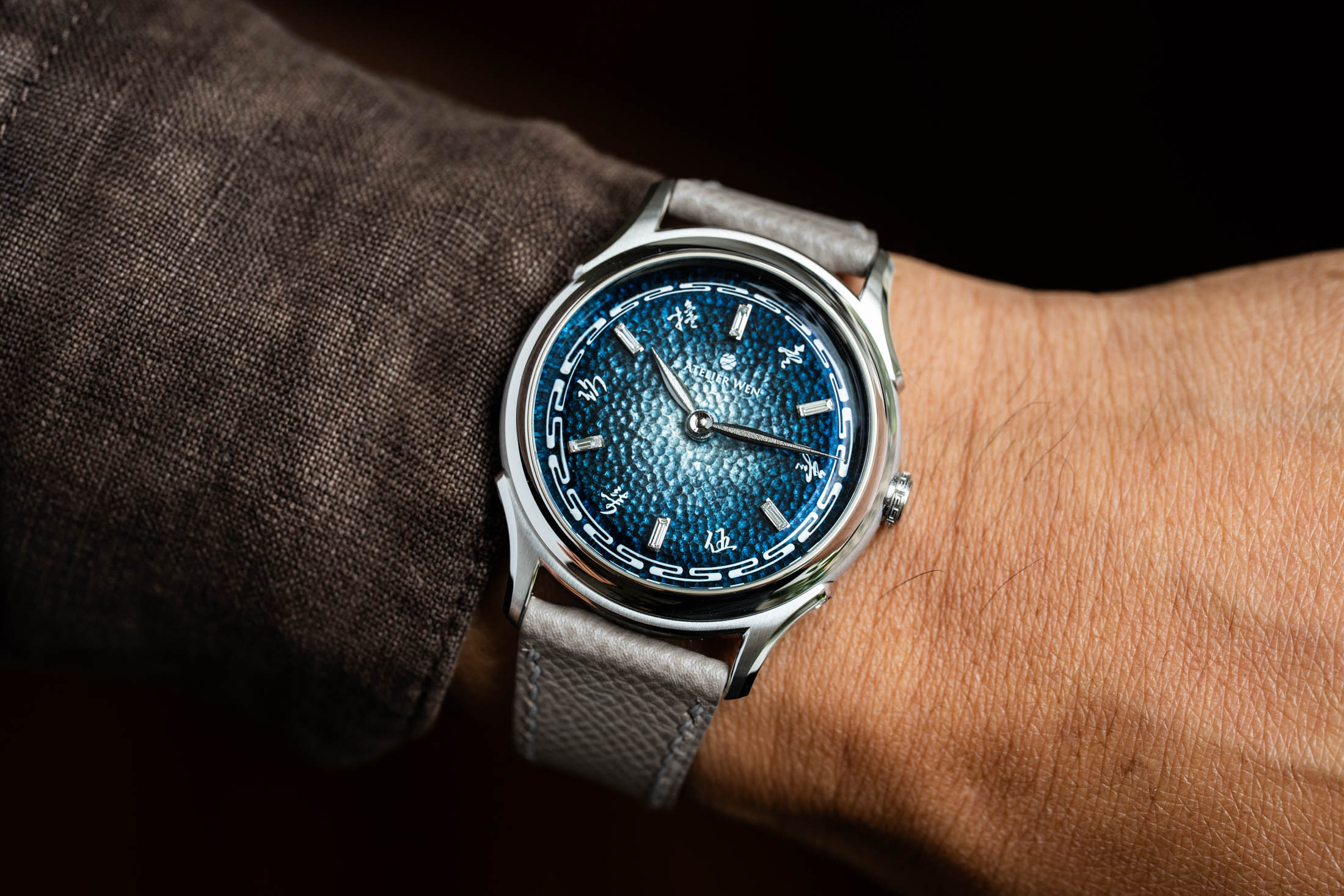

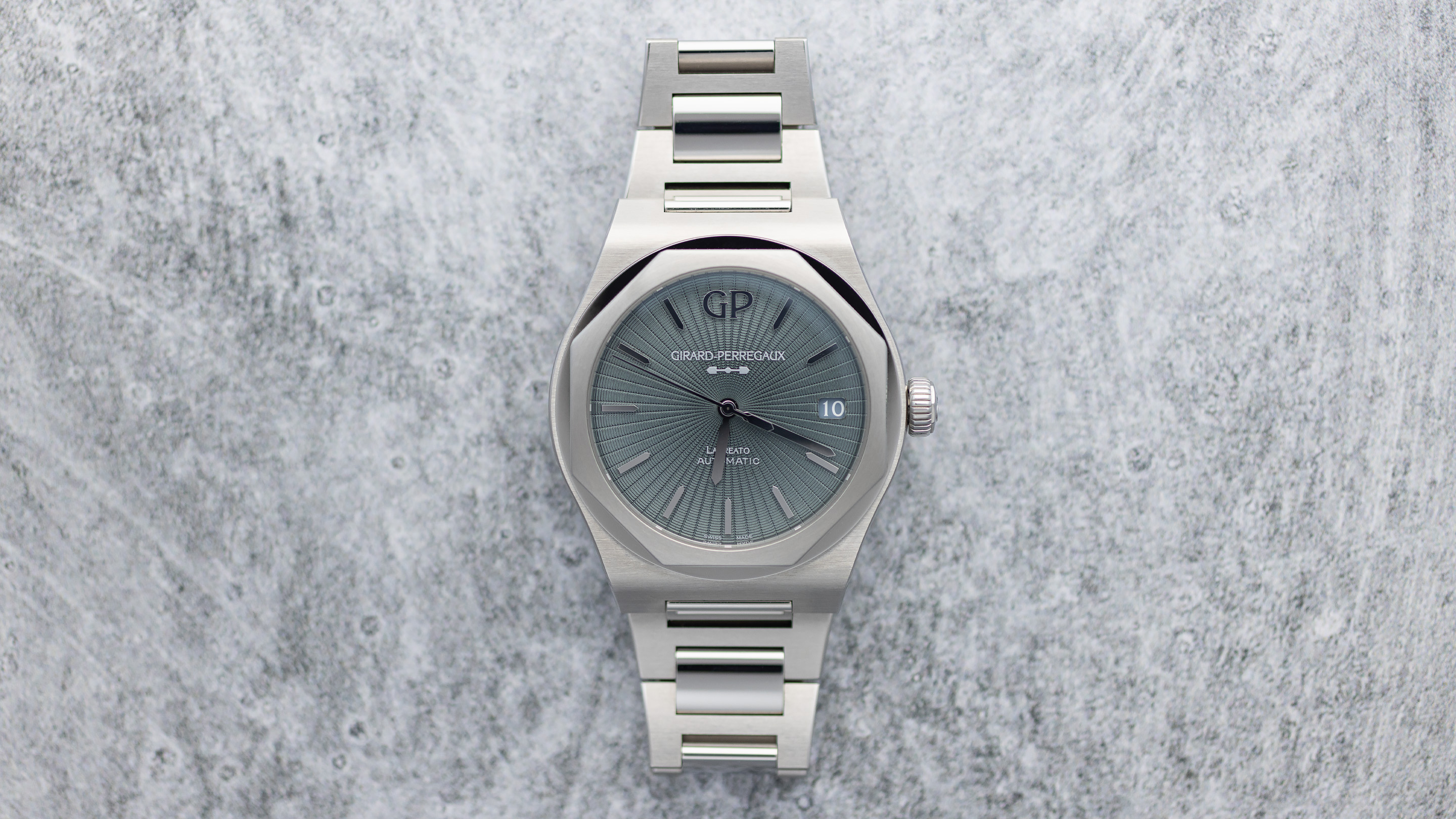

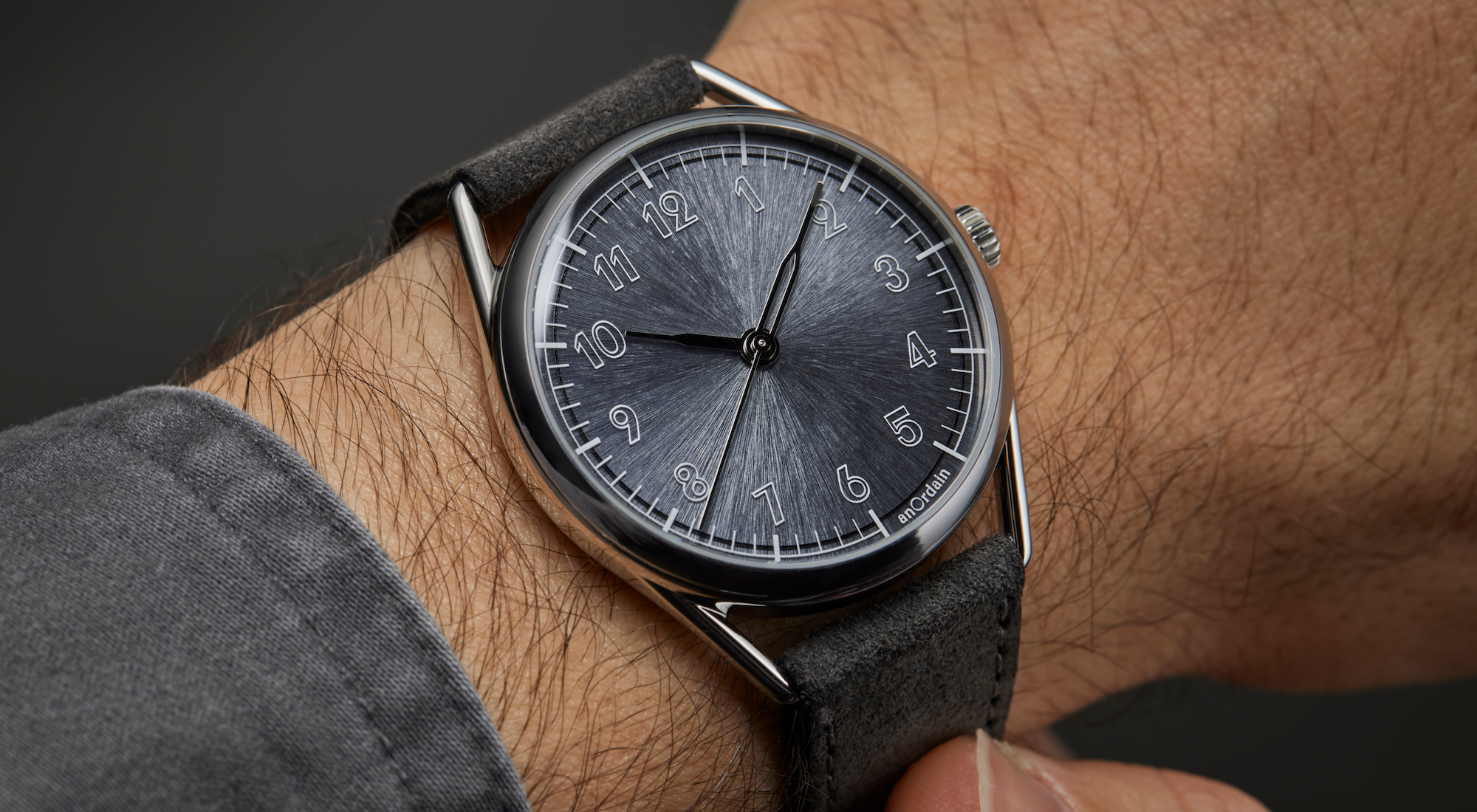

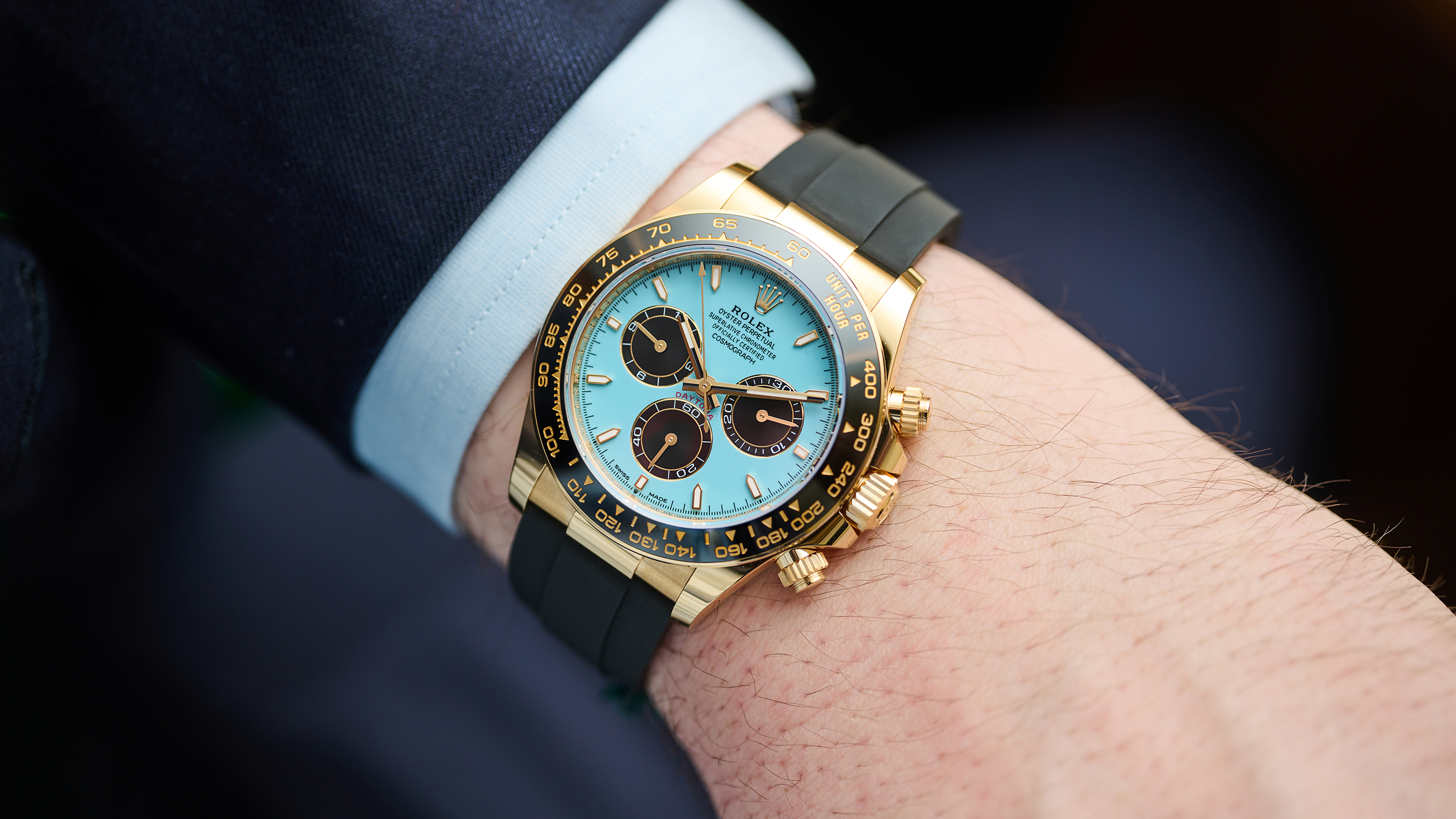
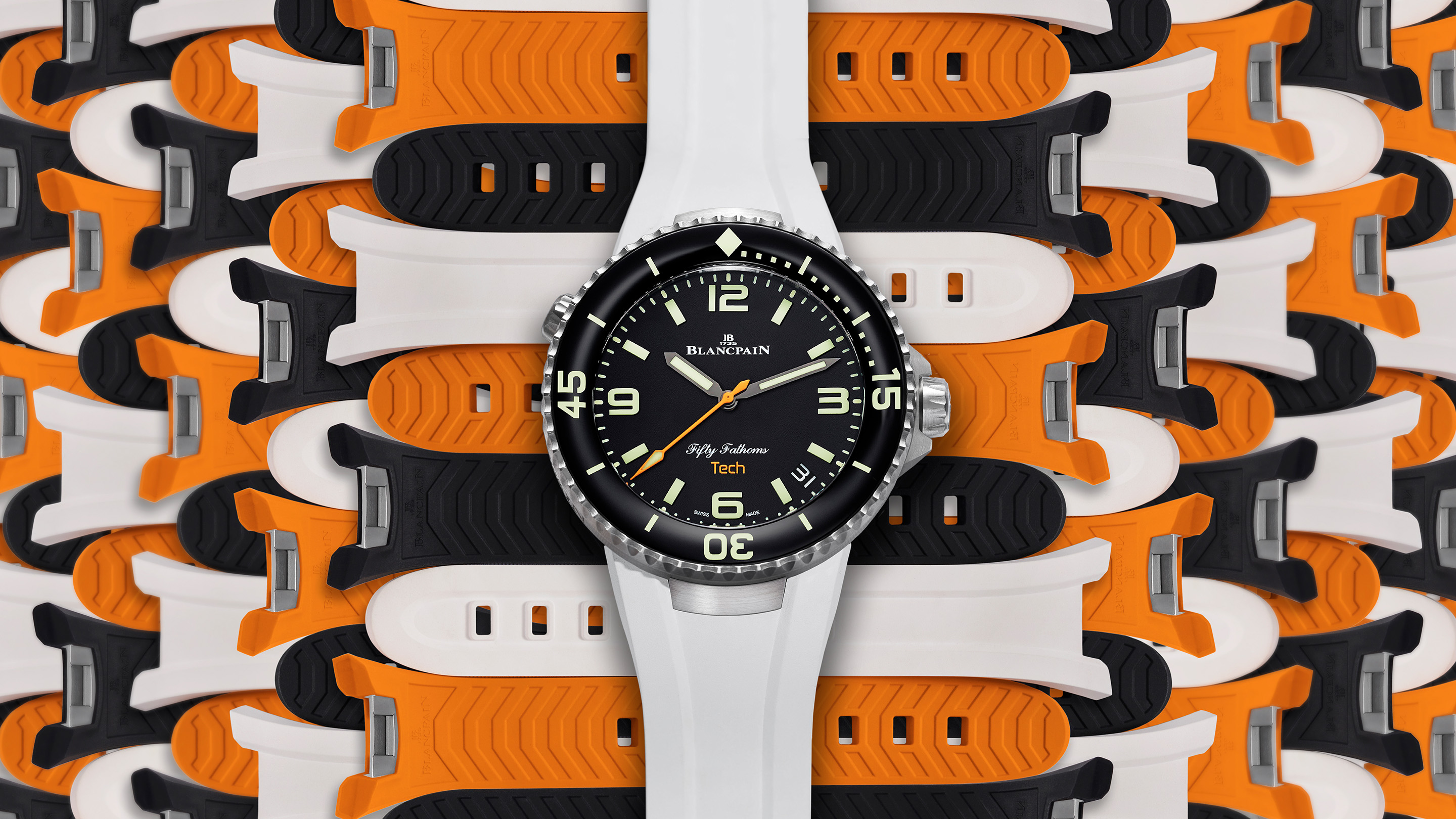


Top Discussions
Three On ThreeThe Best Summer Watch (Video)
Hands-OnThe Atelier Wen Ancestra Launch Edition, Jiāo
Hands-OnAera's New M-1 Is A Decidedly Modern Field Watch That Transcends The Limits Of Its 20th-Century Inspiration